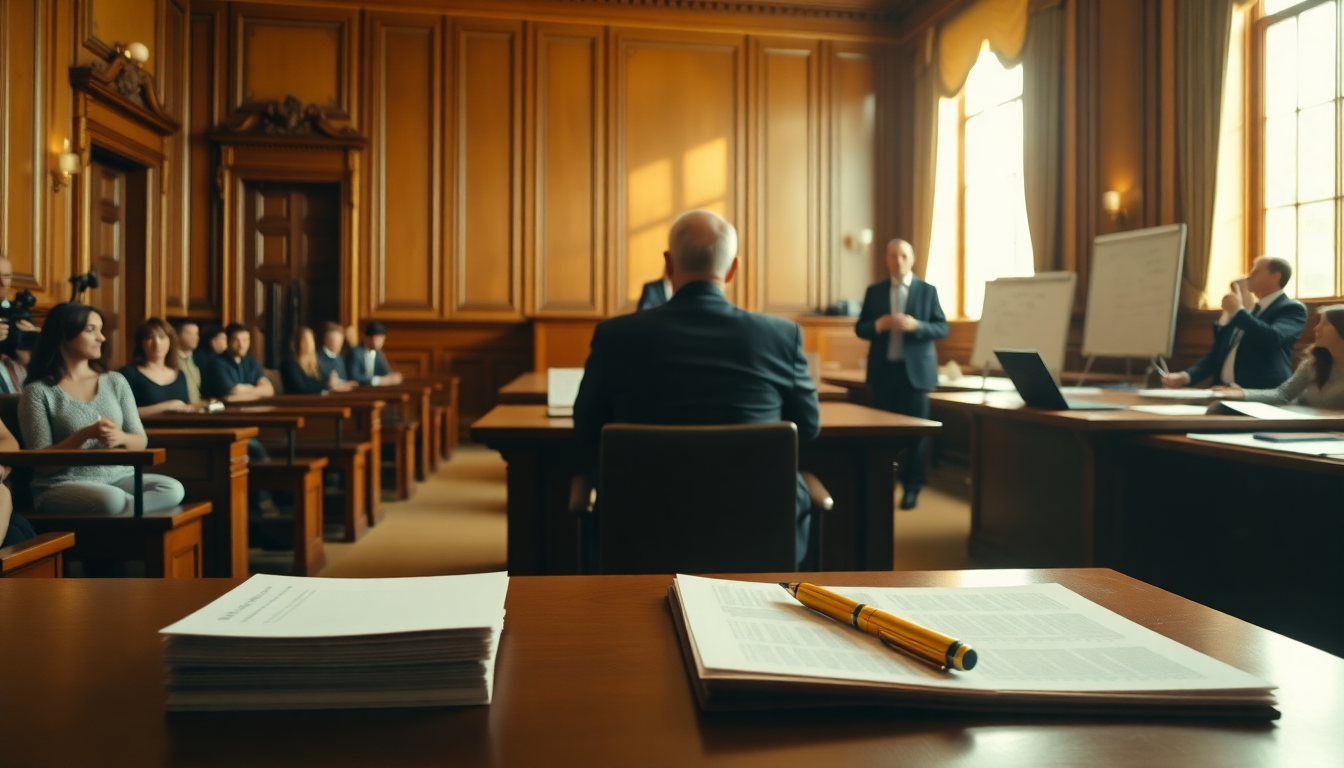Table of Contents
The ongoing murder trial of Dr. James Craig, a dentist from Aurora, Colorado, is grabbing headlines as the prosecution lays out evidence that he might have poisoned his wife, Angela. But what really happened leading up to her tragic death? This case hinges on various testimonies, particularly from Caitlin Romero, the office manager at Craig’s dental practice. As the trial unfolds, it’s shedding light on the complex details surrounding Angela’s hospitalization, raising some serious questions about intentions and circumstances.
Key Testimonies and Revelations
On the second day of the trial, Caitlin Romero delivered some crucial testimony, sharing her observations from the dental office during the timeframe in question. She recalled that on March 6, 2023, Dr. Craig arrived late to work, claiming he had prepared a protein shake for Angela, who then felt unwell. Romero described how Craig seemed to brush off the situation, suggesting he might have added too much protein to the shake. But could this casual attitude be a red flag? His behavior later that evening certainly raised eyebrows, fueling suspicions about his involvement in Angela’s declining health.
Romero’s testimony didn’t end there. She recounted how, after Craig took Angela to the emergency room, he unexpectedly returned home late—a stark contrast to his usual routine. What really stood out was a text he sent her that day, instructing her to expect a personal package and asking her not to open it. This request struck Romero as odd, adding another layer of intrigue to the situation.
As the trial progressed, more shocking details surfaced. Angela returned to the hospital days later, showing similar symptoms, and Craig’s chilling prediction that she might not survive the night has led many to speculate about his intentions. Legal analysts are pointing out that such comments could be critical indicators of Craig’s mental state and possible premeditation in the alleged poisoning.
Legal Implications and Defense Strategies
The prosecution is working hard to establish intent, which is essential in any murder case. But the defense isn’t backing down; they’re challenging the admissibility of certain witness statements, including those from Romero. They argue that context is everything and that Angela had a history of mental health issues that could have played a role in her condition. This strategy aims to paint the prosecution’s narrative as flawed, suggesting that the statements might be misinterpretations.
Things get even murkier with the arrival of a package containing potassium cyanide at Craig’s office. While the prosecution sees this as damning evidence, the defense points out that the actual contents were never verified since Romero didn’t open the sealed foil package. This could be a pivotal moment in the trial, emphasizing the need for solid evidence rather than speculation.
As the trial continues, questions about the emotional dynamics between Craig and Romero are also bubbling up. They reportedly had a close relationship, and the defense is likely to exploit this to challenge Romero’s credibility and the reliability of her testimony, suggesting it could be biased.
Conclusion and Future Considerations
The unfolding drama of Dr. James Craig’s murder trial is a complex web of evidence, witness testimonies, and legal maneuvers. As the courtroom action unfolds, it highlights the difficulties in proving intent and the subtle nuances of human relationships that can shape perceptions of guilt or innocence. With both sides gearing up for thorough examinations of the evidence, the outcome remains uncertain. However, the implications reach far beyond this case, touching on broader issues of justice and the complexities of human behavior.
As we wait for more developments, it’s essential to remember that the legal process exists to uncover the truth, balancing each piece of evidence against the law. This trial is a poignant reminder of the importance of due process and the presumption of innocence until proven guilty—principles that lie at the heart of our judicial system.


